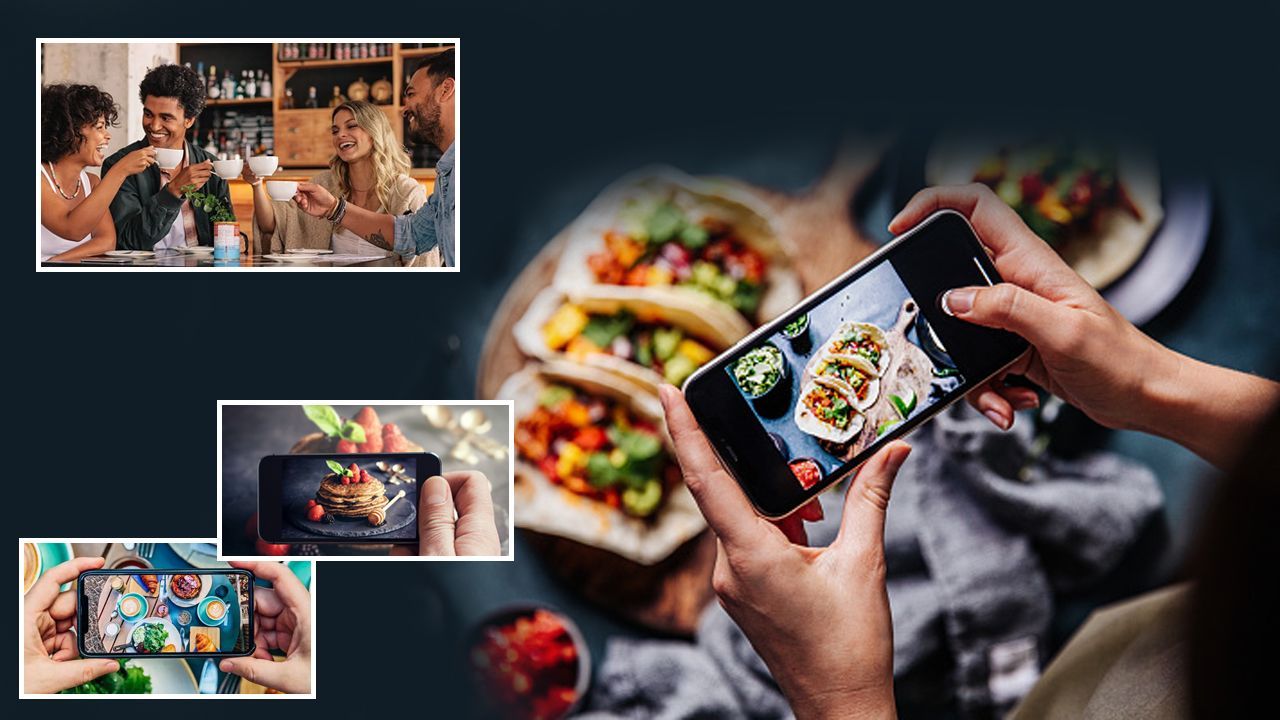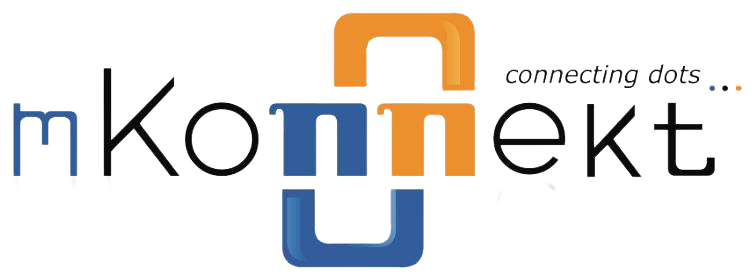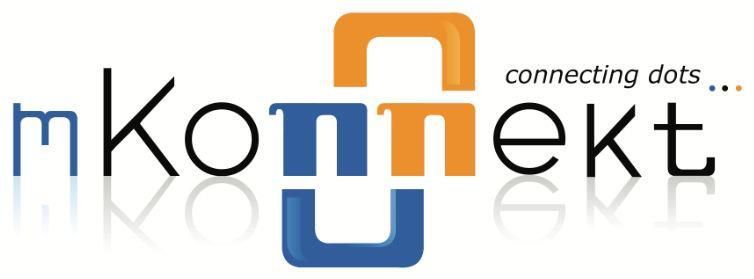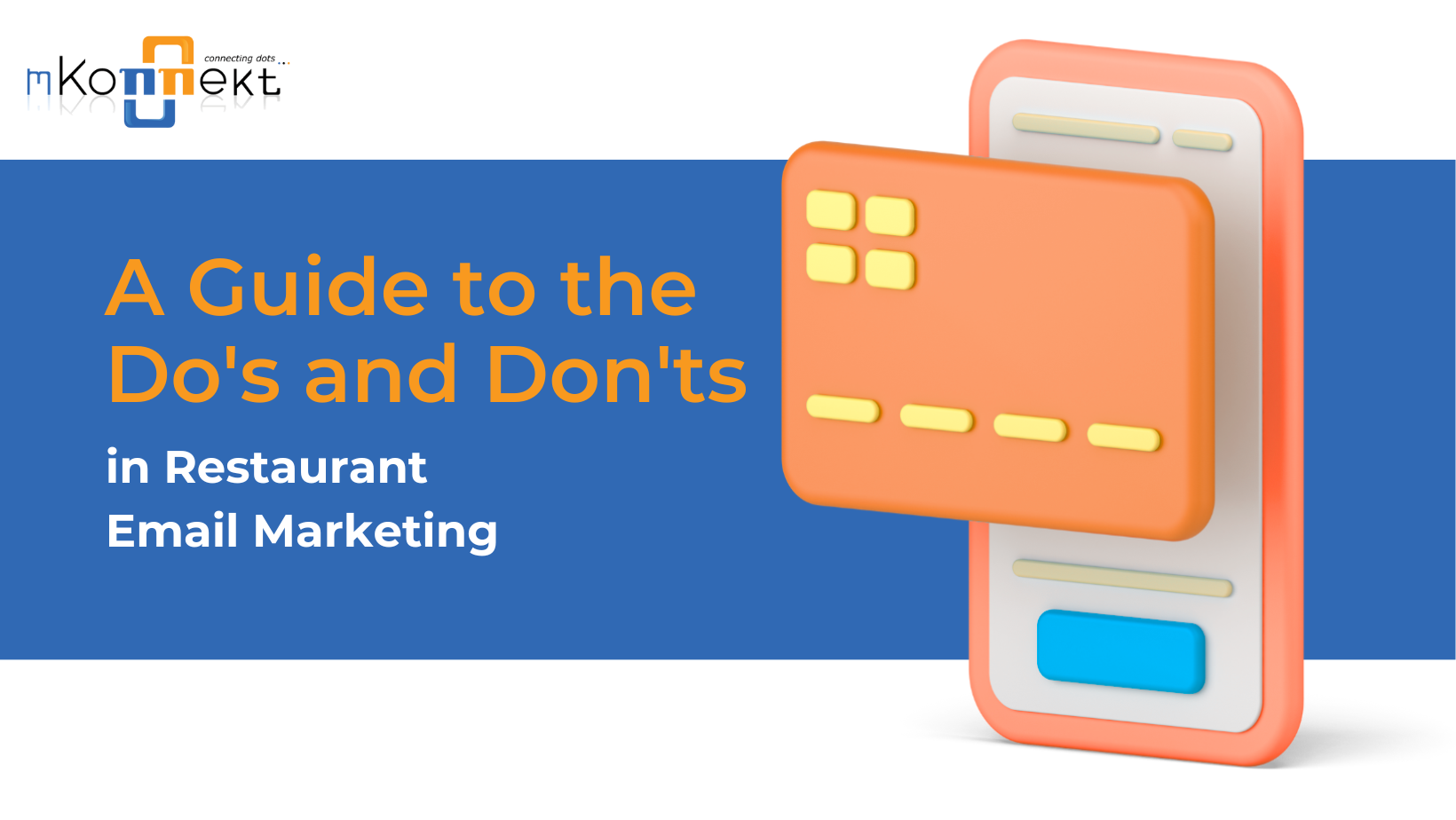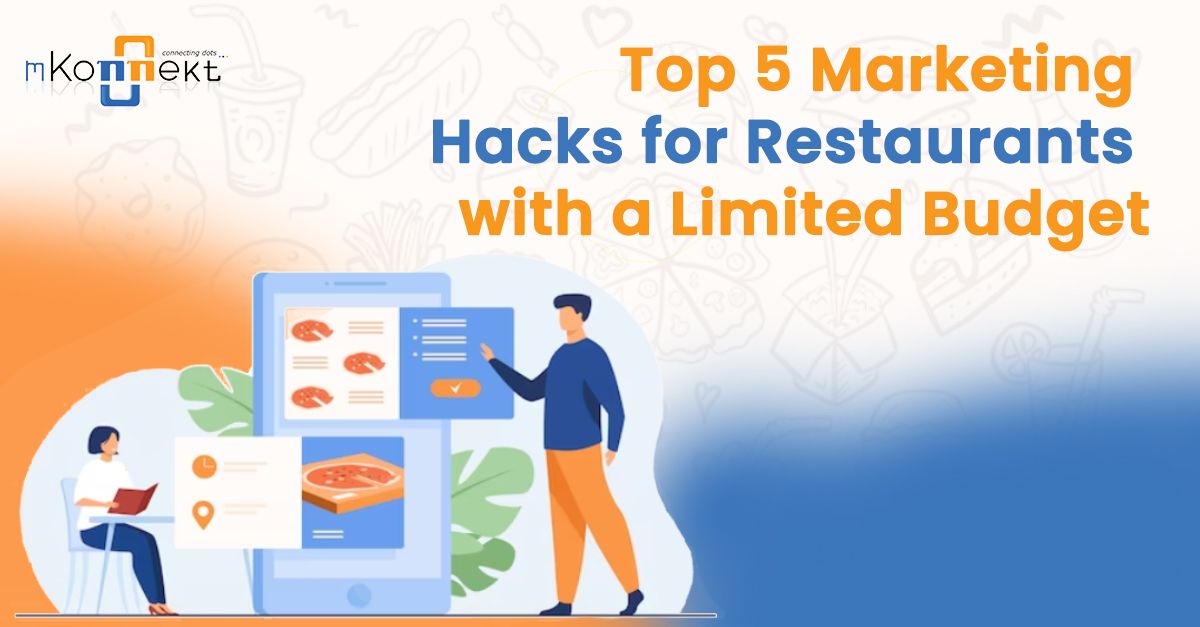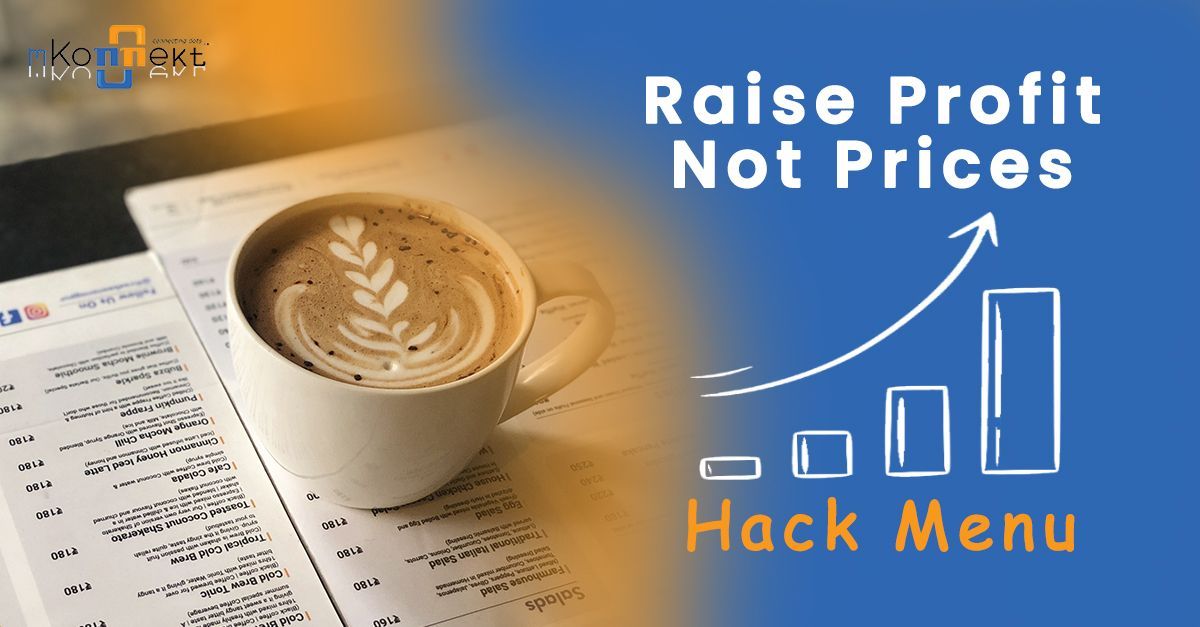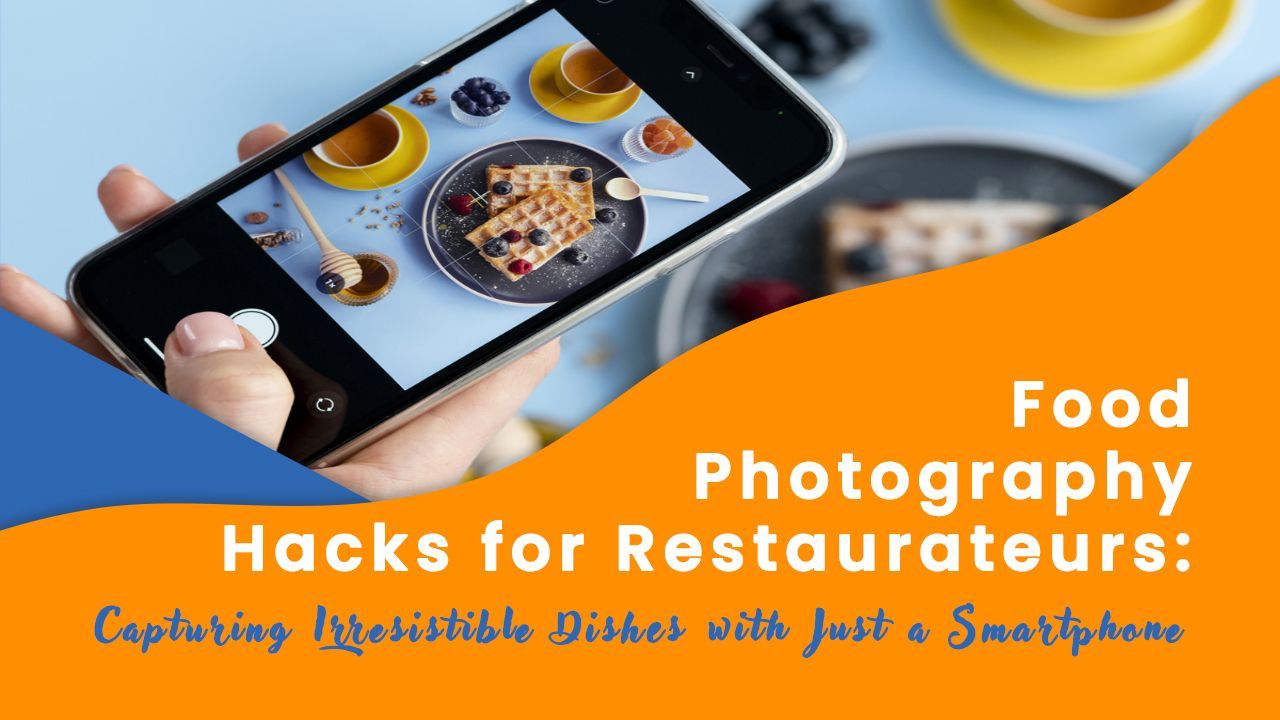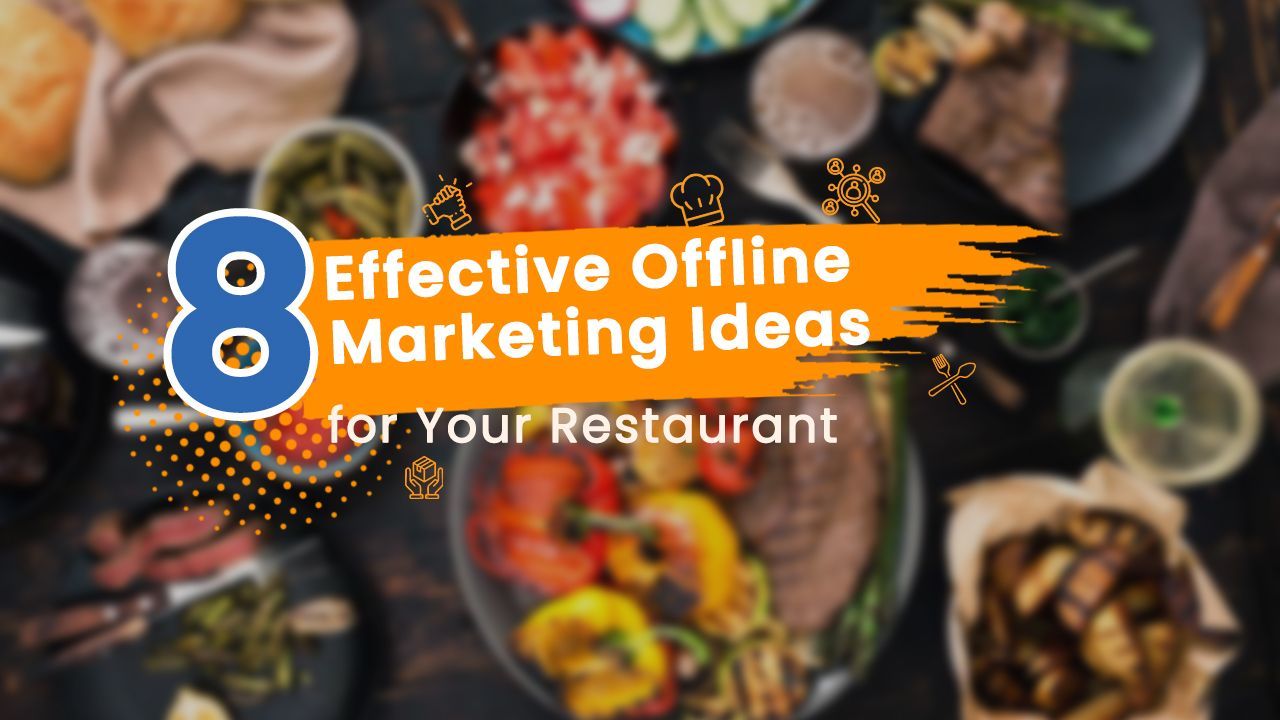How To Prepare For The Holiday Season As a Restaurant Owner?

'Tis the holiday season y'all! It is that time of the year- crispy breeze, misty evenings, family and great food.
What does it mean for you as a restaurant owner? Here we are, with a detailed list of things that you can do to keep those orders coming in.
Seasonal Menu
Holidays are the best time to roll out a seasonal menu.
Why should you do it?
Guests feel festive during this time, and want to try exotic dishes, seeing a seasonal menu automatically attracts them as they want to have something exotic and something that goes with the theme and atmosphere.
What should you think about before-hand?
- Do you have the ingredients with you? Are they easy to get hold of?
- Do your cooks/chefs know how to prepare the special dishes?
- Can the items on the menu be changed while maintaining quality for both large and small orders?
- In addition, think about how you'll package seasonal specials for pick-up and delivery. Consider your options carefully before providing these options for a dish if it can't be delivered to the customer in the same condition.
Take a look at a few examples below-
- During the holiday season, customers are quite fond of flavors like peppermint, eggnog, gingerbread, cranberry, turkey, pumpkin spice, and chestnut. Make sure to highlight a variety of meals using these items.
- Coffee shops can come up with Pumpkin spiced lattes, other options are comforting soups and stews, spiced beverages, and peppermint-flavored desserts.
- You can serve soups from huge cauldrons to create a spooky vibe in the store.
- You can try with drinks and pastries. Remember how Christmas is always about candy canes and hot chocolate? Ingredients such as caramel, marshmallow, berries, and many others can be used.
- Instead of coming up with entirely new dishes, you can just simply tweak existing dishes and coming up with interesting and eye-catching names of the items- like spooky burger, chopped fingers, etc.
- Similarly, play with Turkey, cranberry etc. for Thanksgiving.
Sales Forecasting
Sales forecasting is one of the most important steps to undertake while prepping for the holidays.
- You should be aware of what kind of traffic awaits you during these special days.
- Analyzing the historical data from the sales report from the previous year is one method for doing this.
- Calculate the table turnover and the number of customers you anticipate on a busy night.
Take A Look At Your Inventory
- Be ready for a higher foot-fall, ready by having what you need, inventory!
- The easiest method to plan ahead is to save kitchen notes and inventory analytics reports from past years while getting ready for the following year.
- In order to avoid having to apologize to your clients for running out of food to serve them, arm yourself with the greatest and freshest products and keep plenty of them on hand.
Do You Have Enough Staff During The Holidays?
- Christmas Eve, New Year's Eve, and other holidays imply that you should prepare for a significant rush at your restaurant. You might need to hire more personnel to handle the extra consumers because there will likely be more guests than on any of the normal days.
- If your restaurant's service slacks off because of your wait staff inefficiency during the rush, it can destroy the overall client experience and damage the reputation of your business. So, if you want to help you manage the Christmas rush in eateries, think about hiring seasonal workers.
- Will you have enough workers to handle extra business and big holiday parties? Plan ahead for your seasonal hiring today, before your rivals hire the most dependable candidates.
- Speak to your staff regarding what their aspirations are, what kind of shifts do they want? Do they need offs to go back home? Spread the cheer!
- Will you have enough workers to handle extra business and big holiday parties? Plan ahead for your seasonal hiring today, before your rivals hire the most dependable candidates. A successful customer experience is mostly dependent on having a sufficient personnel.
- Talk to your team members about your requirements and their expectations for the holiday season during one of your staff meetings.
- Others might want more time off, while some will probably want to work more shifts to make more money.
- Make sure to properly explain any changes to your holiday hours during the meeting so that everyone on staff, including management, is aware of when the restaurant will be closed and when hours will be extended.
- As soon as you've confirmed the availability of your staff, make sure the timetable is prepared and distributed to everyone.
- Even though unexpected absences are common over the holidays, be sure your expectations about shift changes and swapping are very clear.
- To prevent misunderstanding, establish a protocol and be explicit about the consequences of call-offs.
Decorations Make It Worth It!
- Creating a Holiday mood is a fantastic way to encourage consumers to make purchases.
- People want to enjoy the season, not merely eat meals with a festive theme.
- Customers may feel more festive if your dining area, foyer, and restaurant outside are all decked out in Holiday décor. Make sure any modifications you want to make, however, complement the style of your dining room and your overall brand before you start decking the halls.
- Some workers enjoy decorating, and they show it. Make it an after-hours activity and invite their kids and family to assist.
- Plan to ask a volunteer to lead the decorating committee for each key holiday season. Decide on a transition date as well; no one wants to see Halloween decorations right before Christmas.
- Beyond how they appear, keep in mind that decorations and other interior design components should never obstruct the dining experience or the productivity of your staff.
- Think about whether the tinsel you wish to hang could go into your customers' meals or whether a festive snowman statue might get in the way of the servers going to the kitchen, for instance. When choosing decorations, be thoughtful and functional.
Holiday Catering
- Catering enables restaurants to connect with customers who are attending social gatherings and holiday festivities at home or another location with friends and family.
- You might want to think about increasing your catering services if the Holiday season is slow for business at your restaurant.
- Why not invite customers to your restaurant? Catering can be employed for both casual backyard holiday gatherings and the formal family Christmas dinner as a fast service or fine dining institution.
- Along with these, make sure your marketing is effective by knowing your target audience. For instance, gatherings will be more focused on things like Christmas, Halloween, New year and game day parties if you live in a community with young professionals (when in season).
- Email, SMS with first-party data, and social media platforms for awareness and discovery where your target demographic is already active online should all be included in your marketing strategy.
- Never forget that running a catering company and a restaurant demand completely different business philosophies. Always prepare your team and inventory for it.
Gift Cards And Promos
- For holidays like Christmas, not every outlet will be open. Use social media, emails, or direct mail to inform clients in advance of your holiday hours and schedule.
- It's also a fantastic opportunity to provide a discount in appreciation for their loyalty.
- During the holiday gift-giving season, costs and budgets are on people's minds; your customers will value any loyalty discounts you provide.
- Everyone enjoys getting gifts that are free. Giving your customers a Christmas cake at the time of invoicing or providing complimentary wine with their meal is similar to giving them a Christmas gift.
- When you have a special deal, people purchase gift cards for both themselves and other people.
- They can then be invited to your loyalty program at that point. Try out these tactics and prepare your institution for the influx to make the holiday season your restaurant's most profitable period of the year!
Take A Cue Here-
- Halloween offer- 2 medium Pizza + Small Salad (house/ Caesar) + Small Cheese Bread @ $30
- Thanksgiving Combo - 2 large pizzas,1 Caesar salad & a cheese bread $32
- Christmas Offer- Kids Eat free on purchases of $30.
Community Relations
The holidays are an excellent time of year to demonstrate to the community that you care. That you wish to repay them by spreading happiness. Here are some tactics to consider implementing as part of your community relationship development efforts.
Coupon Partnerships
Collaborate with nearby schools, churches, and apartments, for example. You can give participating youngsters (on Halloween or Christmas events) vouchers for a free lunch or a free menu item, or you can provide move-in coupons to new members of the apartment complex. This encourages the entire family to go to the restaurant to utilize the coupon. When they are pleased with your services, they will recommend you to others, and they will quickly become your regulars!
To increase online ordering, it is always best to provide coupons connected to a minimum purchase like BOGO Deals. You can also issue coupons with codes that are exclusively valid for online orders.
Social Media
Use social media to your advantage over here! Give your supporters a reason to spread the word! Give them coupons in exchange for bringing in new likes or followers to your page. Provide customers free gift certificates for generating user-generated content for your page, such as tagging your company page and posting photos from your restaurant. It may appear as a lot, but trust us when we say that it would be quite beneficial to your restaurant.
Conducting contests is another way to generate a joyful atmosphere on your social media. For instance, mKonnekt held a Halloween photo contest for one of its clients. We requested that schools post images of their grade-specific Halloween decorations. After that, we instructed them to distribute the images and garner as many likes as they could. The contestant who received the most likes won, and our client's restaurant provided them with a pizza party.
This particular trial was successful in generating a significant quantity of traffic, and our metrics increased dramatically.
Toys For Tots
Toys for Tots is a 71-year national charitable program run by the U.S. Marine Corps Reserve. The mission of “Toys for Tots” is to provide happiness and hope to the disadvantaged kids with toys, books, gifts etc. The vision is to put a smile on the faces of the kids who are not able to have the simple joys in life.
Setting Up Angel Trees
Angel tree programs are a great way of helping out the less fortunate and giving back to the community. Angel trees are more or less like the Christmas trees, the main difference being that the tree is decorated with gift requests and tags by the sponsored families. Not only would this program spread holiday cheer and bring smiles on the faces of the needy, but also make people remember your name as a brand who cares!
Wrap-Up
Good luck! We hope you’ll use these tips to market your restaurant in an effective way during this holiday season. If you have some more tips to add, feel free to join our restaurant marketing group-
Restaurant Marketers Hub and have a discussion there!
